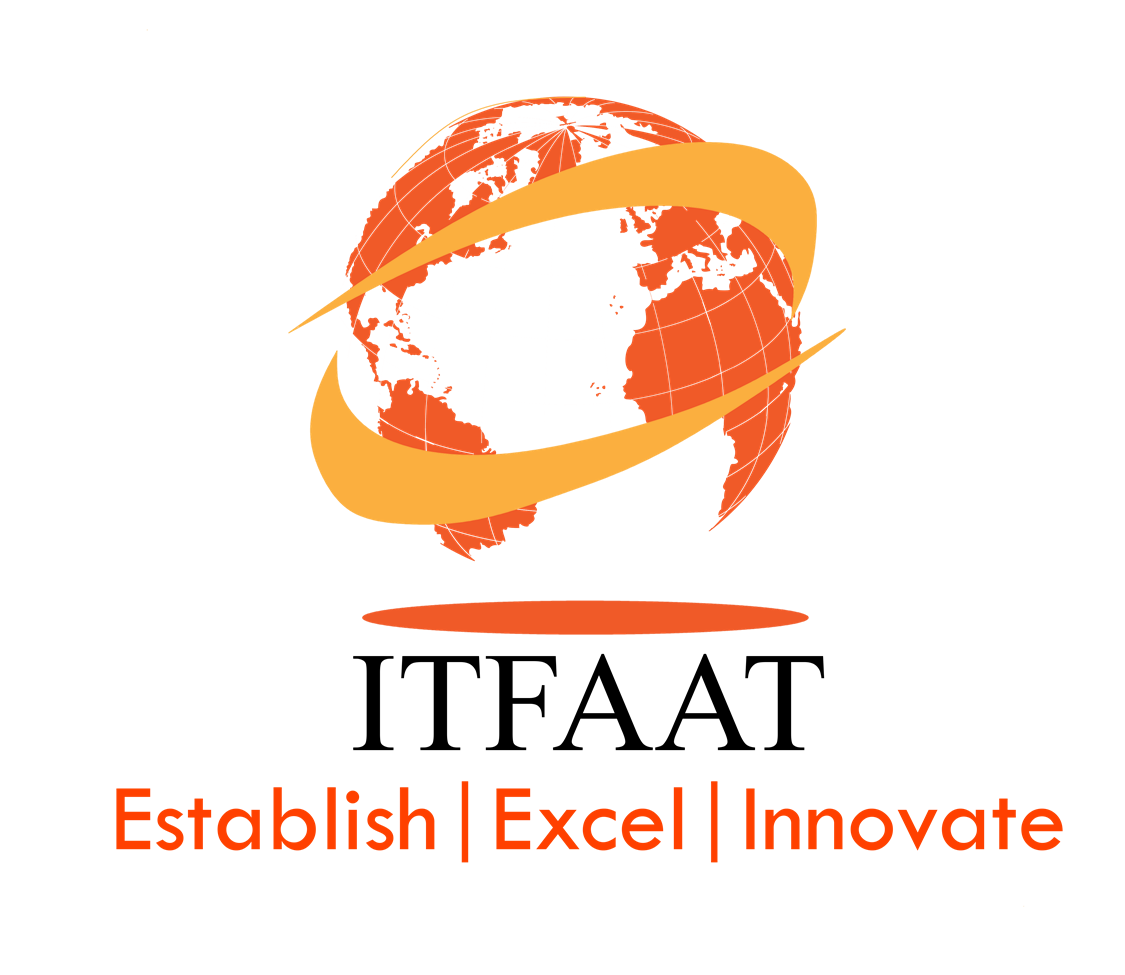
SAFE COMPLEMENTS WITH CMMI
Adoption of agile development methods have increased in popularity over recent years.
Agile seeks “early and continuous delivery” of software, promote requests for changes, requires daily collaboration between business people and developers, increases simplicity, values an iterative approach, and preaches constant communication among all involved in a project.
However, many companies have faced following challenges,
- Effective coordinating multiple teams
- Implementation of system features and non-functional requirements.
- Balancing scope, quality, schedule, and cost
- Managing interfaces and constrains
- Managing system integration
- Managing the evolution of product architecture
- Managing risks at system level
Last year, I had an opportunity to work for one company who was appraised on CMMI-DEV maturity level 3 and looking for adopting Scaled Agile Framework (SAFe). The company witnessed following benefits of CMMI adoption and want to continue in future.
- Pursue institutionalization and constant improvement of process.
- Focus on communication and total transparency.
- Encourage the use metrics to effectively support both org and project level decision making.
- Value driven – clear links to business goals
While going through SAFe, we observed following differences against SCRUM,
- It’s a very structured method to help large businesses get started with adopting Agile.
- It is based on Lean and Agile principles and tackles tough issues in big organizations, like architecture, integration, funding, and roles at scale.
- At the Team level, SAFe looks a lot like Scrum (including XP practices).
- SAFE enforces agility not just at the Team level but also at the Corporate Strategic Level. This helps churn products or solutions in alignment with market needs.
- SAFE introduces LEAN thinking. Implementing features based on Weighted Shortest Job First (WSJF). i.e. Taking the Economic View. In Scrum, features are organized based on Business Value.
We mapped each CMMI practice with SAFe. Following are our major findings,
- Most of CMMI practices are aligned with SAFe
- Challenges faced in following Project Process Areas/practices –
- Risk Management activities at organizational level. – can be satisfied by alternate practices
- initial setup of Configuration Management activities at project level – can be satisfied by alternate practices
- Process & Product Quality Assurance (DAR) – to be adopted in SAFe
- Decision Analysis Resolution – can be satisfied by alternate practices.
Challenges faced in following Org Process Areas / practices –
- Organizational Process Focus (OPF)
- Organizational Process Definition (OPD)
- Organizational Training (OT)
- However, these are essential practices for any organization to initiate and work on any process improvement initiatives

